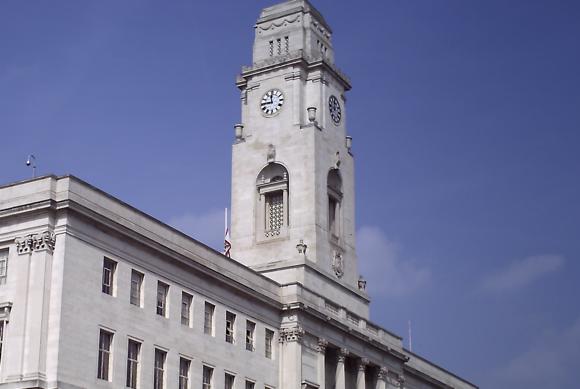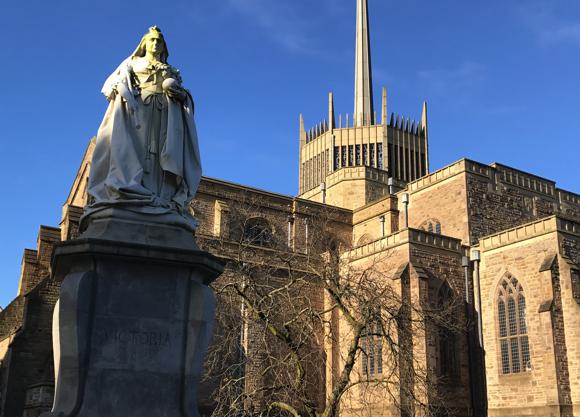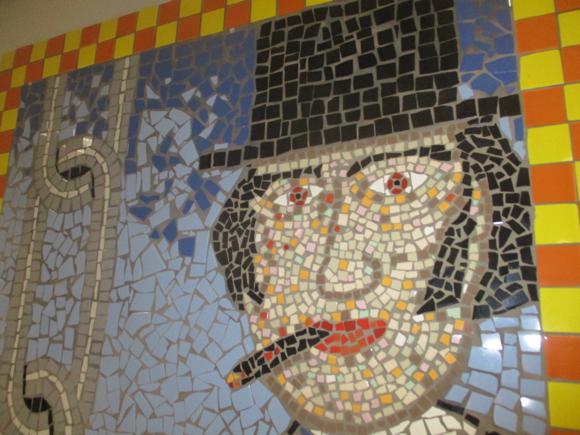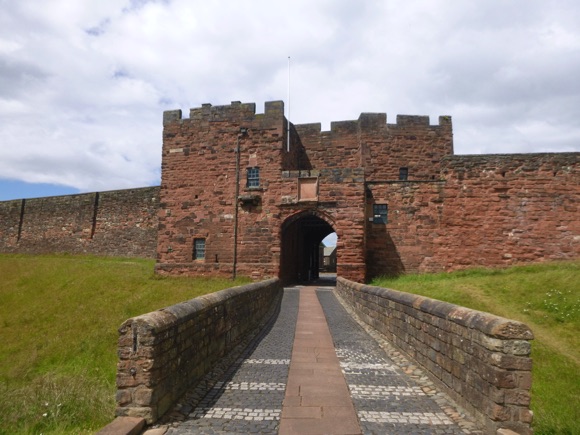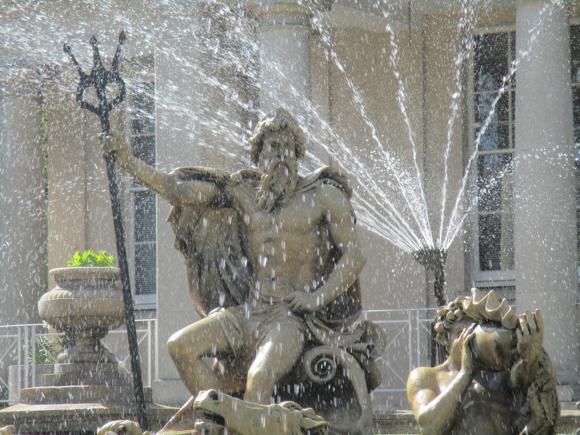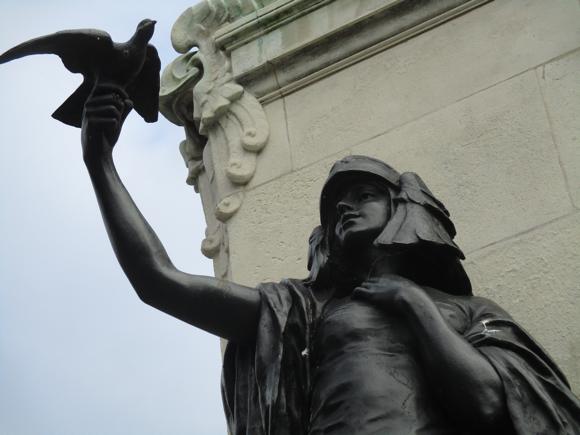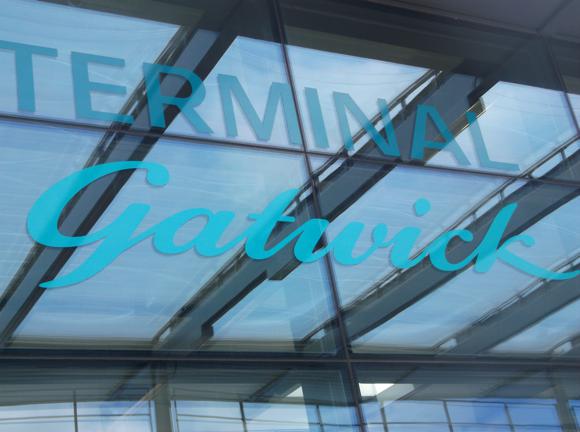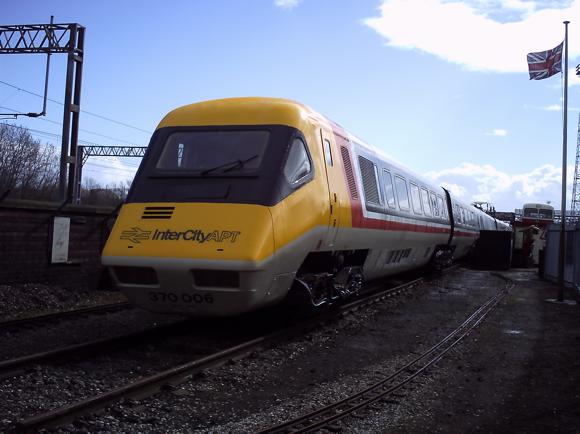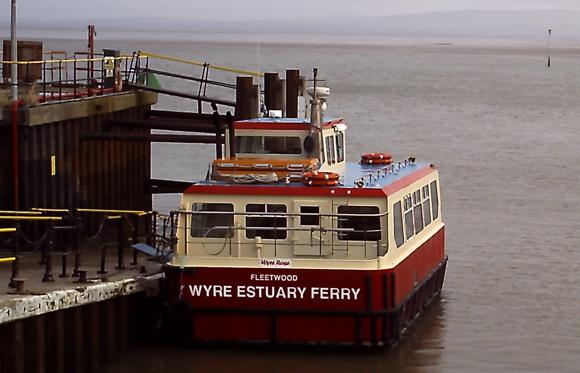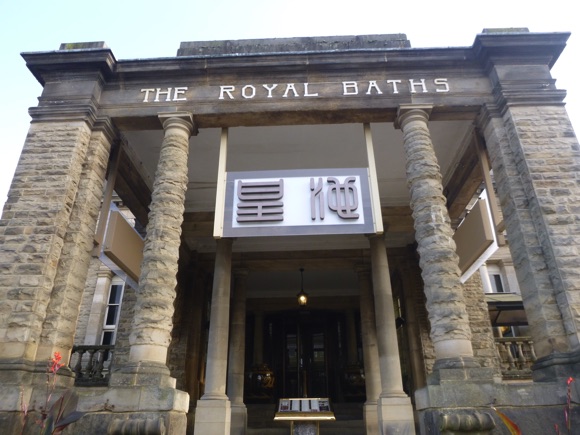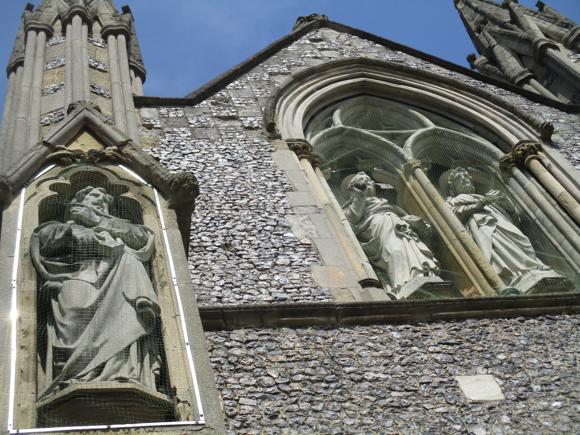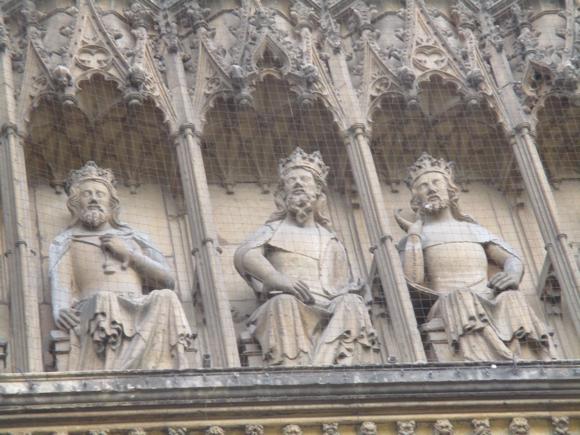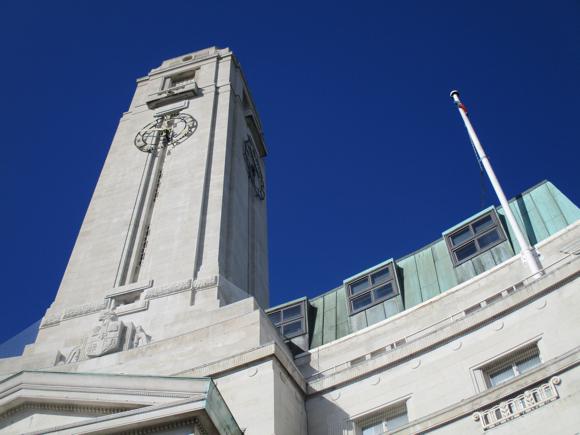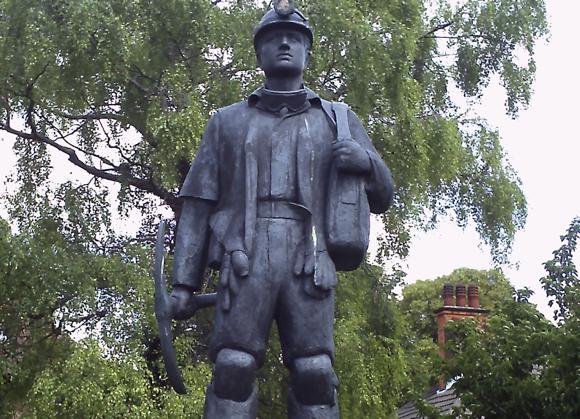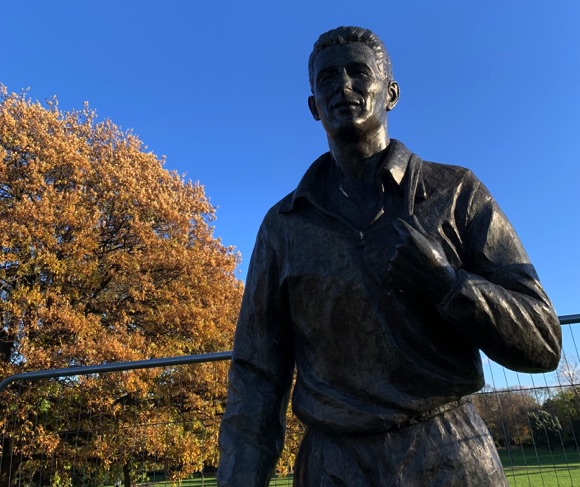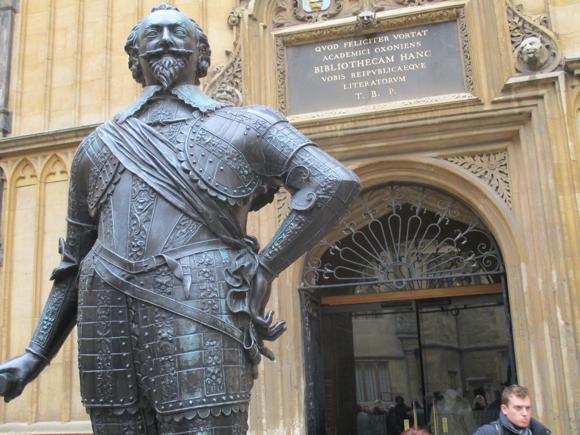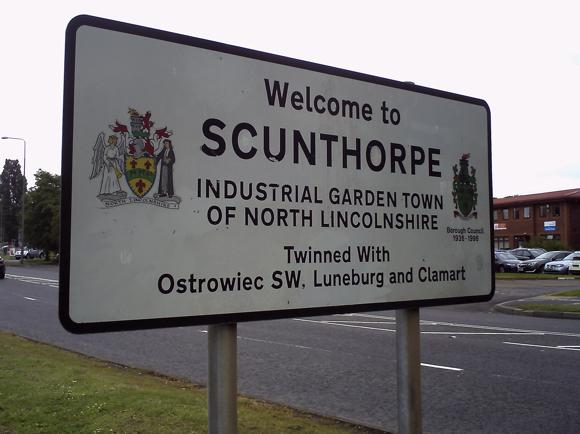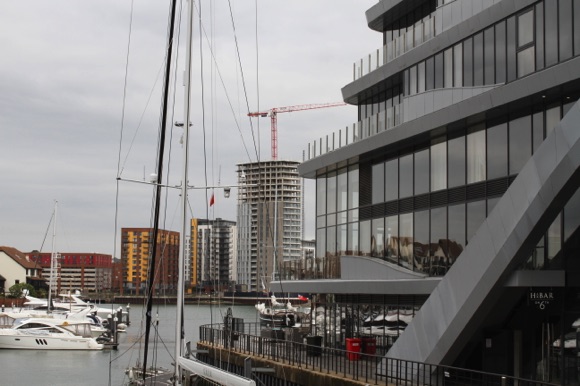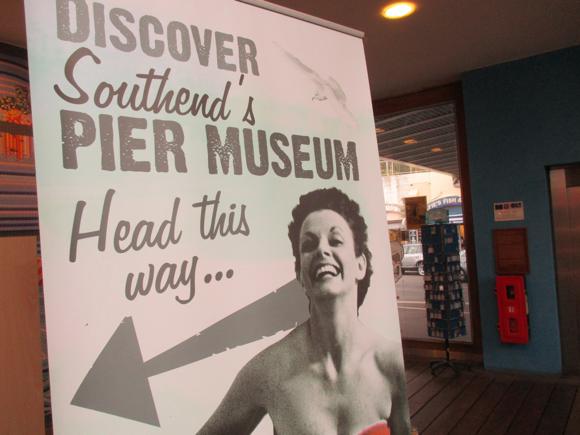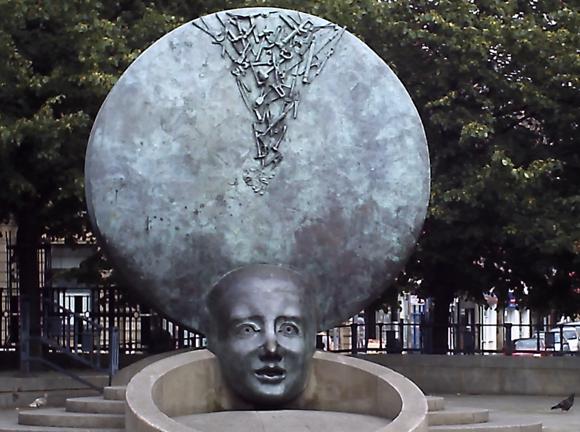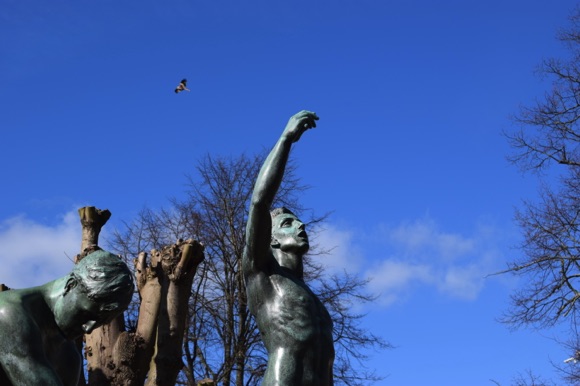Teams, tales and tips – a guide to the local game
While Blackpool strives to rid itself of its risqué past with urban renewal, its flagship football club on South Shore gained a memorable promotion to the Championship in 2021, pointing to a bright future post-Oyston. Under the controversial ownership of this bizarre family, Blackpool FC had plunged from the Premier League to the fourth flight in six seasons. Celebrations greeted the sale of the club in 2019, after two long decades of mismanagement.
Both resort and club had their heyday in the 1950s and 1960s, before the take-off in package tourism abroad. Waves of holidaymakers would swarm into Blackpool and catch the likes of Sir Stanley Matthews or Alan Ball at Bloomfield Road before an end-of-pier performance or major pop act in one of the big ballrooms.
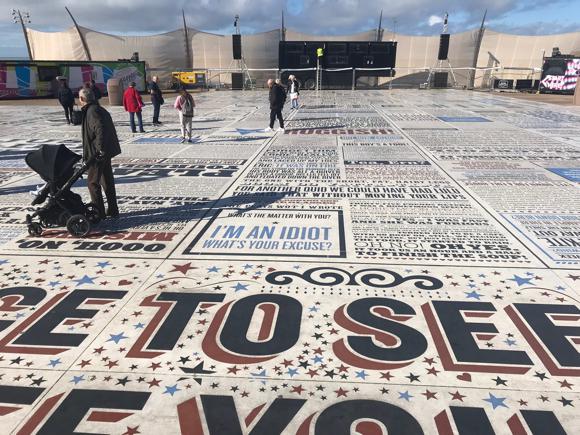



Today the entertainment is no longer mass and the football motivated the Blackpool crowd to invade the pitch and stop games in protest. In 2015, their side already relegated, the fans put a merciful stop to a 0-0 draw with Huddersfield. Fans’ ire had been stoked by the shambolic stewardship of the controversial Oyston family, who put up the club and stadium, Bloomfield Road, up for sale in late 2017.
To add insult to misery, down the road at non-league AFC Fylde, an £18 million sports village/stadium was unveiled in 2016 while nearby Fleetwood Town have been a prospering concern – having only gaining full league status in 2012.
It’s far cry from BFC’s own Promotion Parade of 2010, when 100,000 lined the Golden Mile to salute Ian Holloway and his men, the manager famously describing Blackpool as ‘the best ride of my life’.




Blackpool hasn’t always been dirty weekends and naughty postcards. When people started coming here by stagecoach to take the waters in the 1700s, Blackpool was little more than a tiny fishing village on the sandy Fylde coast. The railway then ferried in droves of holidaying workers from the industrial hubs of Lancashire, towns where football had been established in the 1870s and 1880s.
Blackpool’s own soccer story begins in the Stanley Arms, until recently a karaoke-friendly boozer close to the tramway stop for the pier. Back then, it was a landmark hotel, where breakaway members of St John’s formed Blackpool Football Club in 1877. Their first AGM was also held here a year later.
Based at the Raikes Hall pleasure gardens, beside a boating lake and theatre, Blackpool FC became the strongest team in The Fylde, beating cross-town rivals South Shore in 1893 and winning the Lancashire League in 1894.
Struggling after entering the Football League in 1896, Blackpool FC merged with South Shore in 1899 and set up at Bloomfield Road, home of their former rivals.





Later came the tangerine shirts – inspired by Holland’s – then influential manager Joe Smith and the M forward line he created after the war. Internationals Stan Mortensen and Jackie Mudie both developed at Blackpool – Stanley Matthews had made his fame at Stoke. His finest hour was also Blackpool’s, the famous Matthews Cup Final of 1953, a last-gasp win for the 38 year old.
The boom years, of riots at Rolling Stones concerts and bumper crowds at Bloomfield Road, also signalled Blackpool’s last hurrah in the top flight. Two solitary seasons, separated by 40 years, are all there are to show since Alan Ball left for Everton after the 1966 World Cup.
Haphazardly run by the Oyston dynasty – father, wife and son – from the late 1980s, the club bizarrely combined Matthews-era training facilities with a four-star on-site hotel. A completely redeveloped stadium, the stands honouring club legends, hosted a team typified by a chaotic transfer policy and short-term coaching appointments.
Still served by the same seafront tramline that first transported pleasure seekers in 1885, Bloomfield Road saw a long-awaited turnaround when locally born entrepreneur Simon Sadler took over the club in 2019. Within two years, the Tangerines were at Wembley, beating Lincoln in the League One play-off despite conceding an own goal with barely a minute on the clock.
Getting Around
Arriving in town, local transport and tips

With Blackpool’s yet to be operational again for commercial services, the nearest airports are Manchester and Liverpool, both just over 100km (64 miles) away. One direct train an hour runs from Manchester Airport to Blackpool North (£9, journey time 1hr 30mins) – otherwise change at Manchester Piccadilly. For Blackpool South, nearest the stadium, you’ll have to change at Preston (hourly from Manchester Airport, £20, 2hrs 15mins). Trains from Liverpool also require a change at Preston, as do services from Birmingham and London (£40, hourly, 2hrs 45mins). Adding a PlusBus supplement (£3.60) allows you to use local transport for the rest of the day once you arrive.
Blackpool North is the town’s main rail station, Blackpool South closer to the stadium the terminus for the South Fylde branch served by hourly local trains from Preston. The coach station is between Blackpool Tower and Central Pier.
Local transport consists of buses and the seafront tram. A single on the bus is £1.90, £2.40 if you cross zones (cash/contactless on board), a single on the tram £2.10 (cash/contactless being introduced 2021). A 24hr ticket is £5.20.
C Cabs (01253 292929/626262) is a reliable local taxi firm.
Where to Drink
The best pubs and bars for football fans
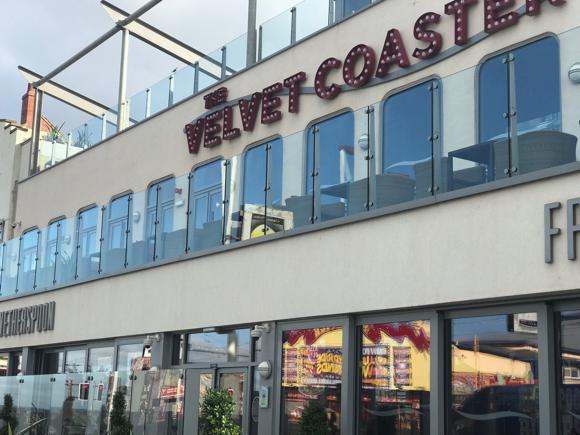

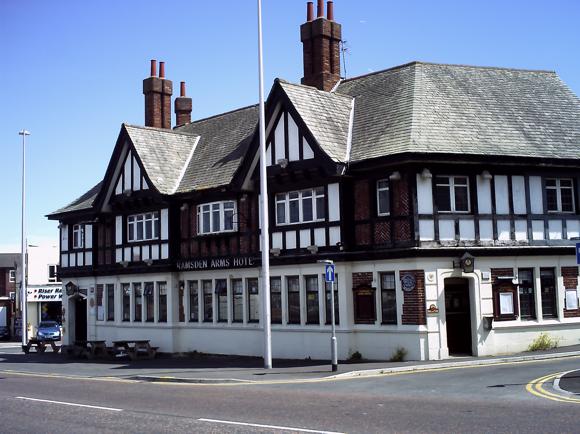
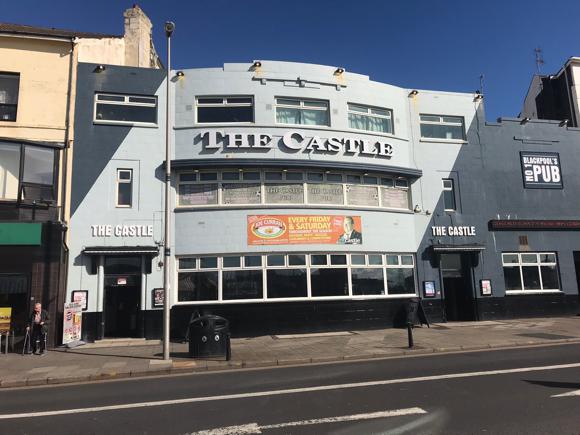

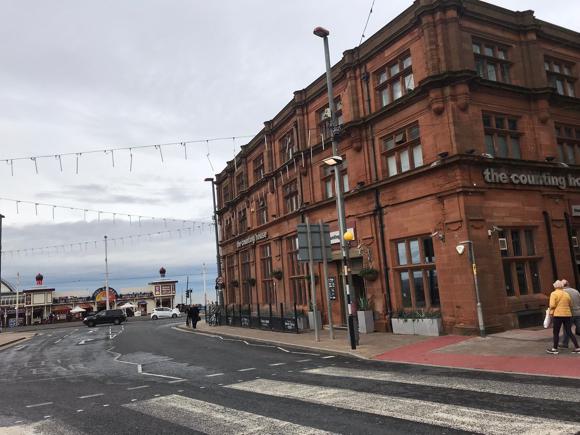

Blackpool was built for pleasure. Pubs, bars, clubs and nightspots abound, on and off the seafront, places packed with stag and hen parties at weekends.
Conveniently overlooking Blackpool North station, the Ramsden Arms Hotel is a popular alehouse every night of the week, usually busy with home and away supporters on match days.
Several spots around the foot of the Blackpool Tower screen matches but are pretty basic and stripped down for serious drinking. The Castle is typical of the genre. Here you’ll also find The Albert & The Lion, one of three Wetherspoons in town – the Layton Rakes is close by, the huge Velvet Coaster is by the Pleasure Beach.
Towards the North Pier, The Counting House can get lively good, while Hogarths not only provides 18 TVs and two retractable screens but also 120 types of gin to choose from.

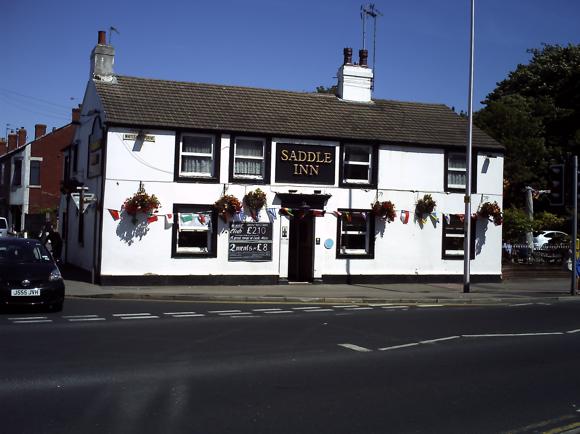



On the other side of Stanley Park from the action, the Boars Head is a Blackpool classic, vintage images of the resort in its heyday providing the backdrop as punters settle down to sport on TV. Thai food another bonus. Alongside, as old as America, the Saddle Inn is as quaint as its history suggests, a welcoming hostelry with a rural food, prized by ale and food lovers alike.
Also near Stanley Park, the Blackpool Cricket Club welcomes all-comers at weekends to its bar for live sport, award-winning real ales, guest ciders and decent eats. The surroundings of a beautiful clubhouse and scenic cricket ground complete the picture.
Near Blackpool South station, both the Dutton Arms and the Dog & Partridge put the focus on TV football and pub grub.
For gastro pub food, moules-frites and the like, the spacious Dunes Hotel is one of the top spots in town, classy but happy to offer plenty of sporting action on TV. Excellent ales from the local Lytham Brewery are another welcome feature, along with outdoor seating.
Where to stay
The best hotels for the ground and around town


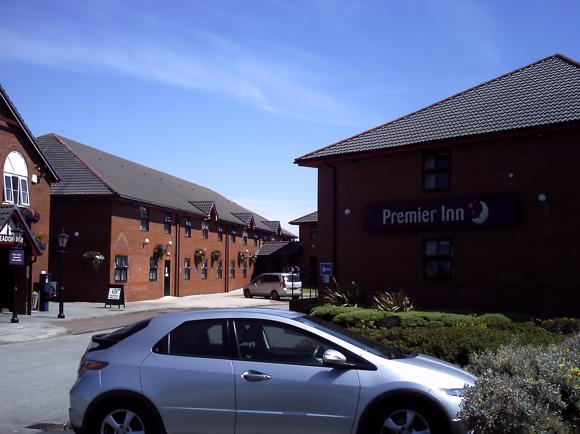
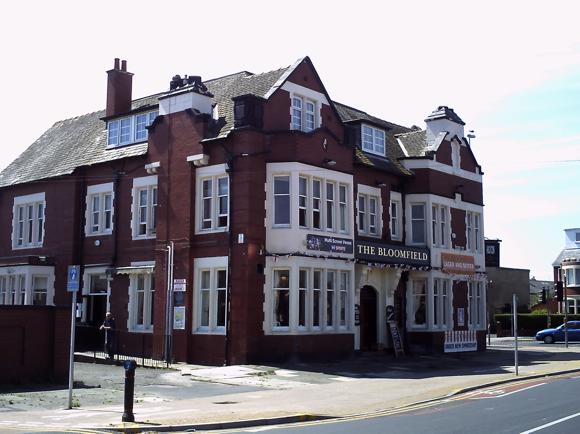
Visit Blackpool has an online hotel database and booking service.
Blackpool are one of a growing number of football clubs in Europe to have incorporated a hotel within their stadium complex. Opened in 2012, the Blackpool FC Hotel is upscale and contemporary, with a restaurant, gym and spa to match. Check-in on match-day Saturdays is after 5pm – guests already staying from the day before must close their curtains in pitch-view rooms. Weekends usually see the hotel fully booked in any case. There are no match/accommodation deals, only hospitality packages through the club.
Directly opposite the South Stand, the Travelodge Blackpool South Shore is a recently refurbished budget choice with its own bar and restaurant.
Also nearby, the Premier Inn Blackpool Beach provides wallet-friendly comfort a short walk from Bloomfield Road, while on the corner of Ansdell Road, the Bloomfield Brewhouse offers three neat, reasonably priced guest rooms above an equally pleasant pub almost as close to the ground.
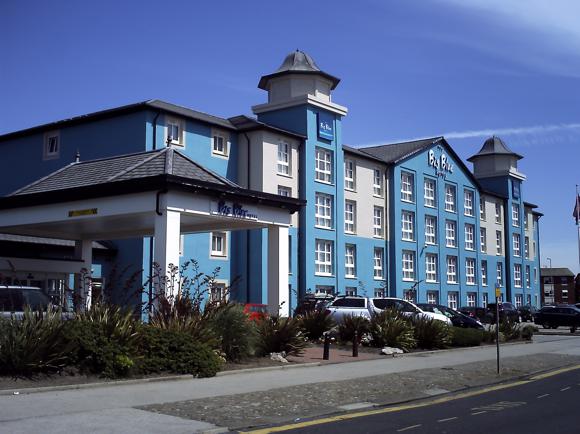



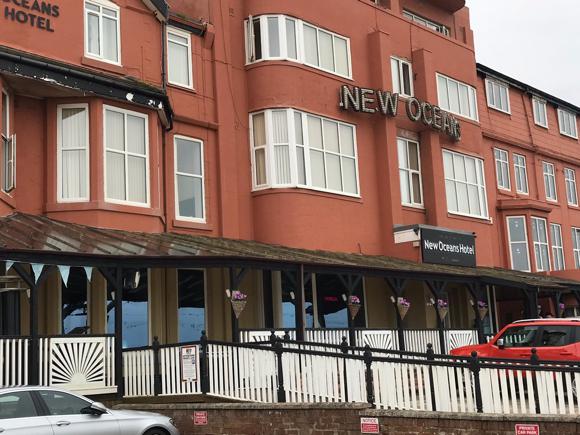

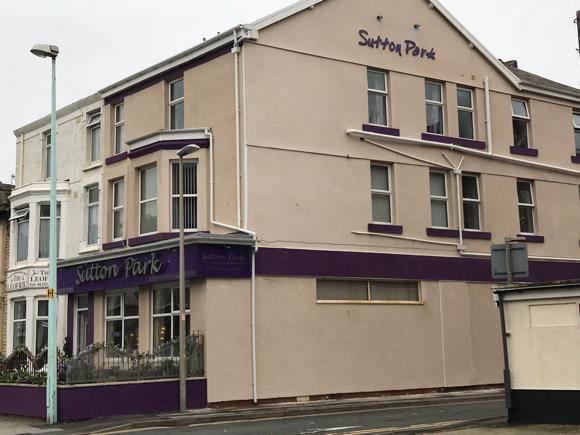


Hotels and guesthouses of varying price and quality otherwise line Blackpool’s long promenade. Within easy reach of the ground are Garvey’s, the Gainsborough and the Lyndene, with cabaret and comedy acts. The New Oceans (333-335 Promenade, 01253 346 469) is somewhat more dowdy, as is the New Royal Windsor. The Sutton Park is a nicer kind of B&B, also convenient for Bloomfield Road.
Still at South Shore, Just Roomz, the former By The Beach Hotel, comprises a handful of smallish but en-suite rooms, the ones modernised since the changeover in the Redzone. Behind it, tucked in by Pleasure Beach, the Big Blue Hotel is a notch above all the seen-better-days guesthouses, 157 chic rooms complemented by a bar/brasserie and gym.

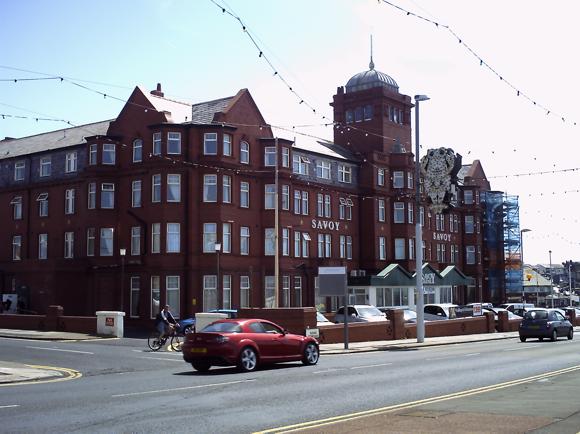
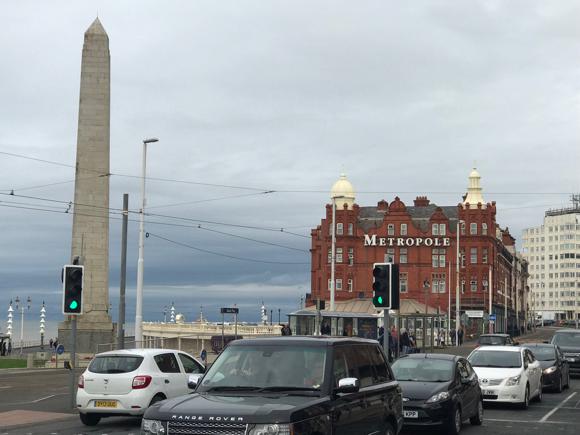

Closer to Blackpool North, on Queen’s Promenade, the Maples Hotel is located between two tramstops, with simple but comfortable en-suite rooms. A full English is included in the affordable rates.
Nearby and closer to the tram service, the Savoy in the Britannia group has seen better days but remains a wallet-friendly and staunchly traditional. Entertainment is of the bingo variety, with occasional singing acts. Dating back to 1776, the Metropole, under the same umbrella, could also do with an overhaul, though the views cannot be gainsaid.
Near the Winter Gardens, the Ruskin offers live cabaret along with three-star rooms.



